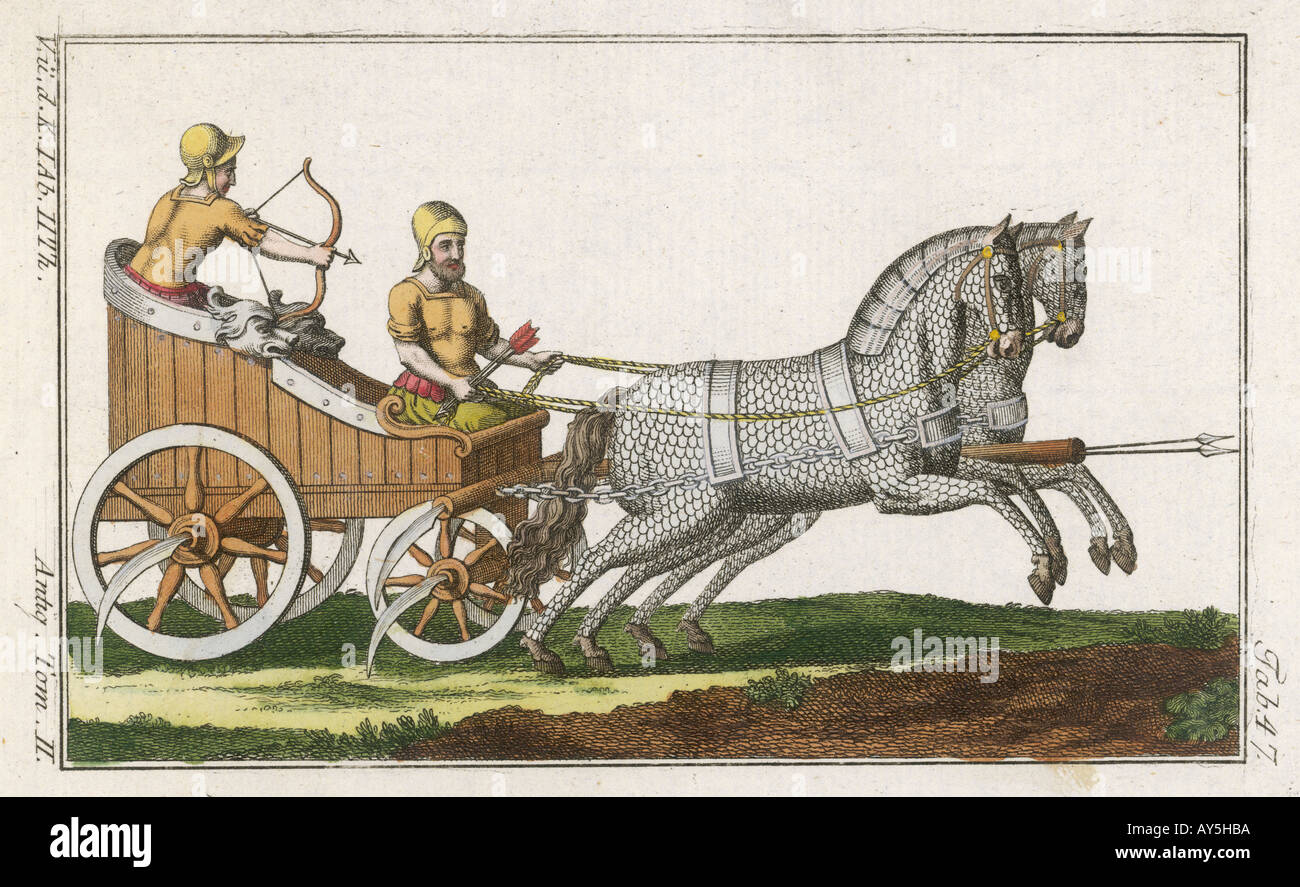The Mighty Weapons of Ancient Egypt
Learn about the mighty weapons that shaped the Pharaoh’s army in ancient Egypt.
Egypt’s military forces witnessed unprecedented advancement during the New Kingdom period (1550 B.C. – 1070 B.C.). What was once an army reliant on rudimentary weaponry transformed into one of the ancient world’s most formidable fighting units, largely thanks to borrowed weapons technology. And while many people know Egypt for its pyramids, temples, and luxurious ancient tombs, not many know about the mighty weapons that were once used in ancient Egypt.
The Evolution of Ancient Egyptian Weapons
Egypt’s early military depended on simple weapons, such as stone maces, wooden-tipped spears, axes, and bows and arrows. These basic tools were primarily used to deter Nubian and Libyan intruders. However, the advent of the Hyksos, a superior-armed Syrian invasion force that overpowered Egypt around 1650 B.C., drastically altered Egypt’s warfare approach, forcing an injection of mighty weapons into ancient Egypt.
Learning from the Enemy: The Weaponry Revolution
During a century of foreign subjugation during the Second Intermediate Period, the Egyptians astutely studied their conquerors. Egypt harnessed this newly acquired weaponry to build a robust arsenal based on Syrian designs to reinstate its sovereignty under Ahmose I. This began the New Kingdom era, an epoch of expansion, prosperity, and power. With that, new mighty weapons saw their introduction into ancient Egypt’s army.
Below are some of the pivotal weapons that amplified the might of the Egyptian army throughout history.
Bronze-Tipped Spear and Shield: The Core of the Army
Spearmen formed the bedrock of the Egyptian army. Equipped with a wooden shield (ikem) and a bronze-tipped spear (dja), they approached enemies in tight formations. The spears, economical to produce, were easy to handle and sharp enough to penetrate enemy armor. They replaced the older wooden speartips that were prone to splinter on impact. Complemented by the simple but effective shields, these spearmen were a formidable force.
Chariots: The Ancient War Machine
Chariots, introduced by the Hyksos, were the fastest and most fearsome war machines of their time. The New Kingdom, with its vast wealth, was able to deploy heavily armed chariots on the battlefield to devastating effect.
Khopesh: The Iconic Ancient Egyptian Weapon
The khopesh, a curved sword reminiscent of a question mark, was perhaps the most symbolic weapon of the New Kingdom. Often depicted in relief paintings, it was typically wielded by a pharaoh to subdue enemy forces.
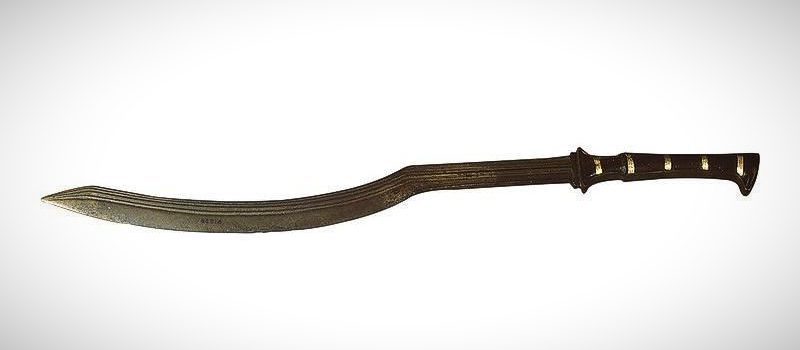
Battle Axe: The Secondary Weapon
The battle axe served as a secondary weapon. It was useful in close combat to hack at an enemy’s shield or deliver a lethal blow to a wounded foe. In the New Kingdom, when enemies were often armored, the axe blades became narrower and straight-edged, perfect for penetrating armor.
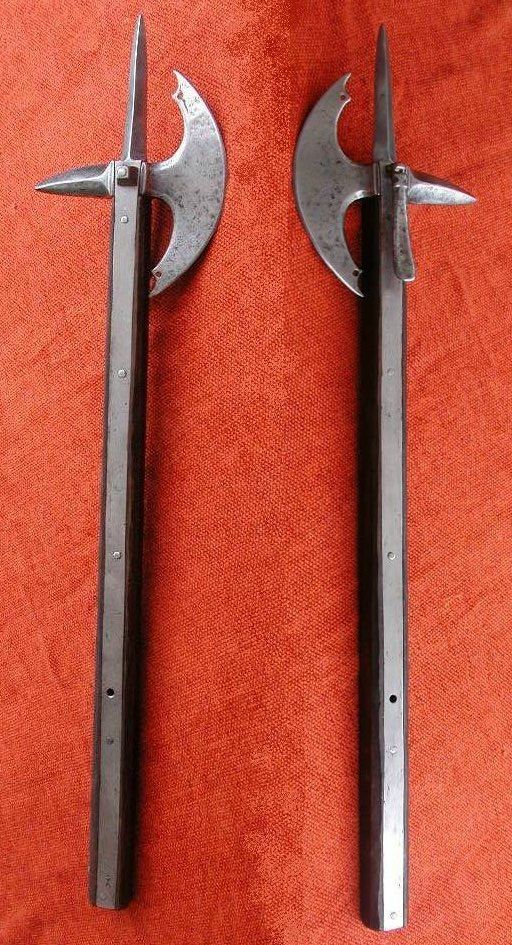
Short Swords: The Close-Range Combat Tools
Short swords, uncommon before the Hyksos introduced improved bronze casting technology, emerged as vital close-range combat weapons during the New Kingdom era.
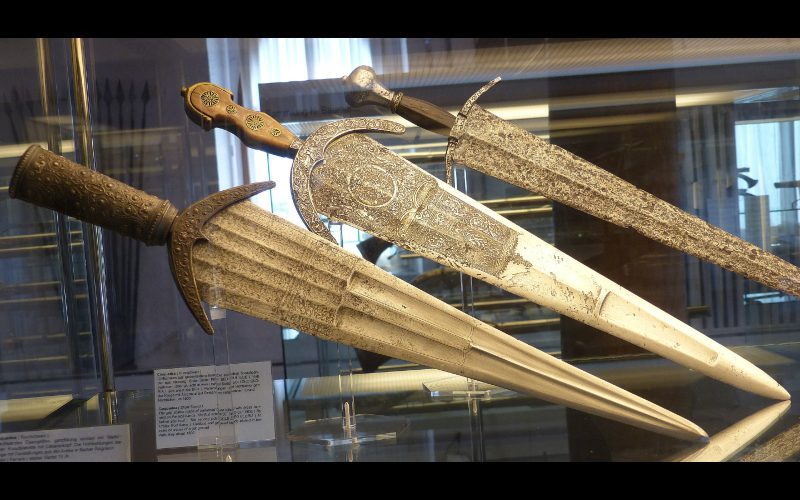
The Versatile Javelin: More Than a Missile in Ancient Egypt
The Egyptian javelin, a hand-launched missile that also doubled as a short spear, allowed soldiers to engage in close combat or target attacking chariots and infantry lines from a distance.
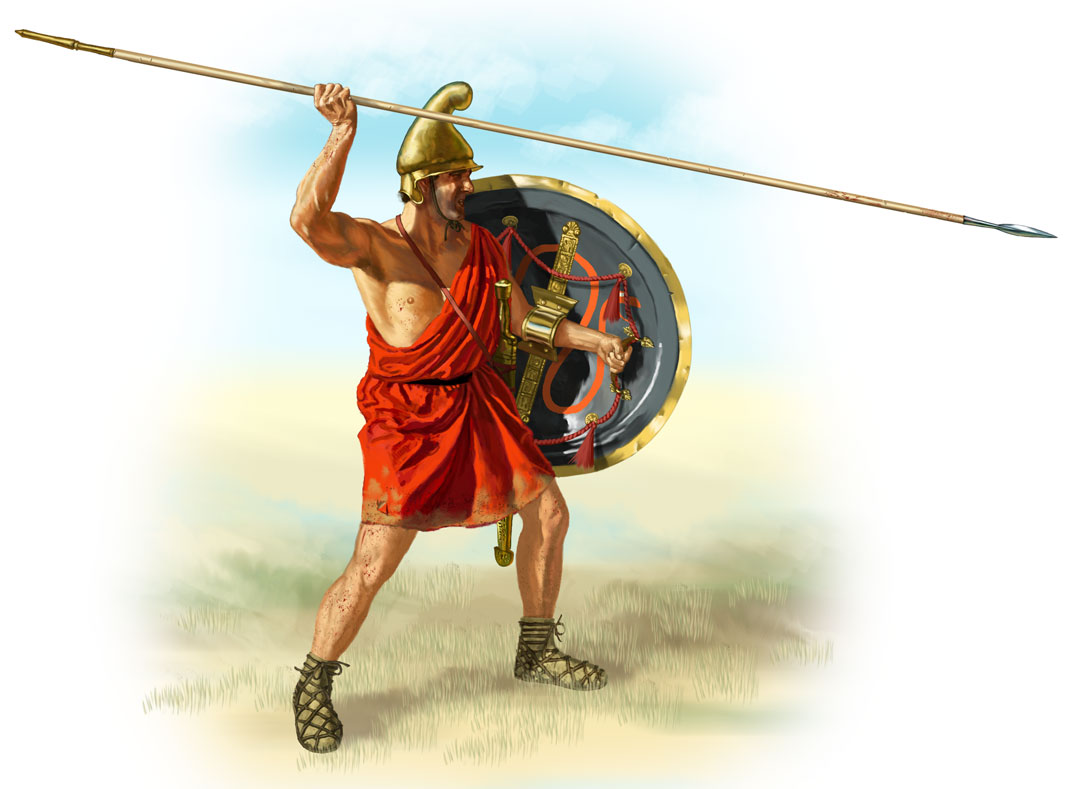
Mace-Ax: The Distinctive Egyptian Weapon
The mace ax, a unique Egyptian creation, was a formidable weapon that could break enemy swords and smash through the most robust bronze armor.

Composite Bow: The Egyptian Superweapon
The composite bow, introduced by the Syrians, became the Egyptian superweapon. Unlike the previous “self” bow made from a single piece of wood, this intricate weapon was made from layers of wood, animal horn, and sinew that were “recurved” to generate incredible force.
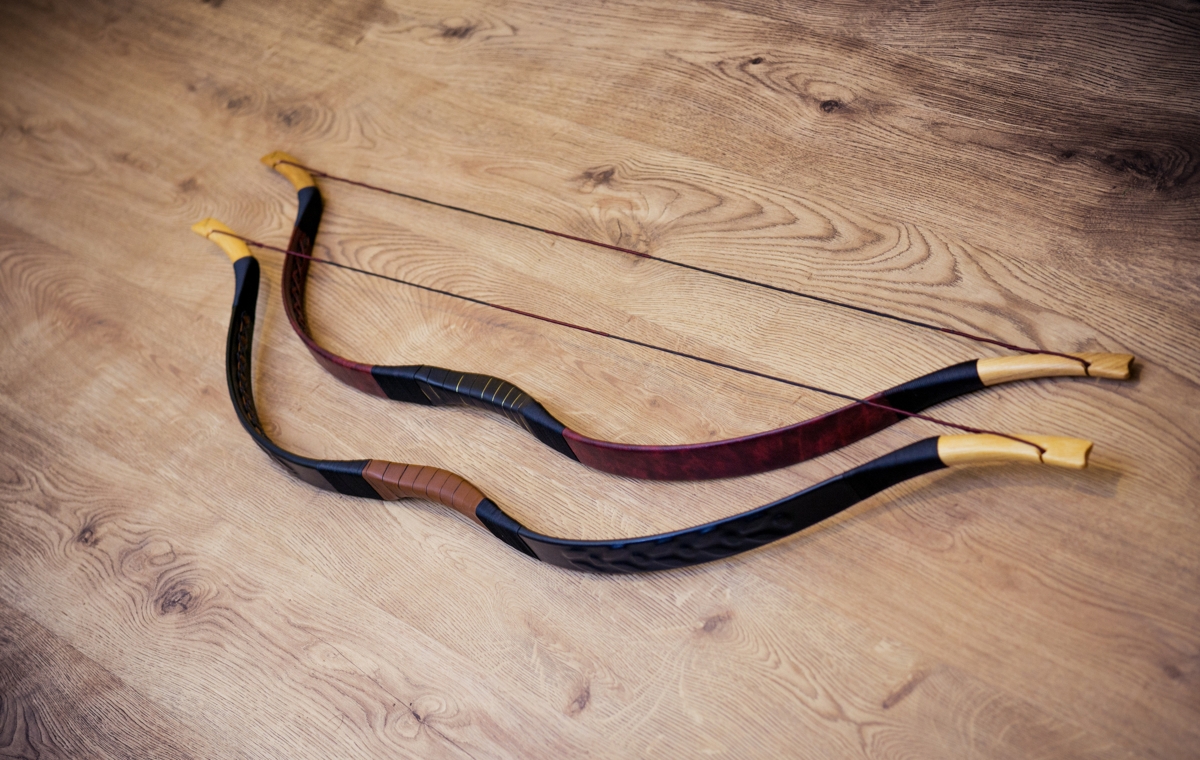
Scale Armor: The Protective Armor
While most foot soldiers didn’t wear much protection, the charioteers, often prime targets for enemy archers, wore elaborate armor. As depicted in funeral objects and relief paintings, they and their horses appeared like large upright lizards in their long coats of bronze scales.

Related Post
A shocking documentary proves that mermaids do exist
SHOCKING Revelation: Thuya, Mother of Queen Tiye, Was the Grandmother of Akhenaten and Tutankhamun—What Ancient Egyptian Secrets Did She Leave Behind?
Breaking News: Astonishing Discoveries at Karahan Tepe Confirm an Extraterrestrial Civilization is Hiding on Earth, and NO ONE Knows!
Breaking News: Researchers FINALLY Discover U.S. Navy Flight 19 After 75 Years Lost in the Bermuda Triangle!
NASA’s Secret Investigation: Uncovering the Astonishing Mystery of the UFO Crash on the Mountain!
Explosive UFO Docs LEAKED: Startling Proof That Aliens Ruled Ancient Egypt!
